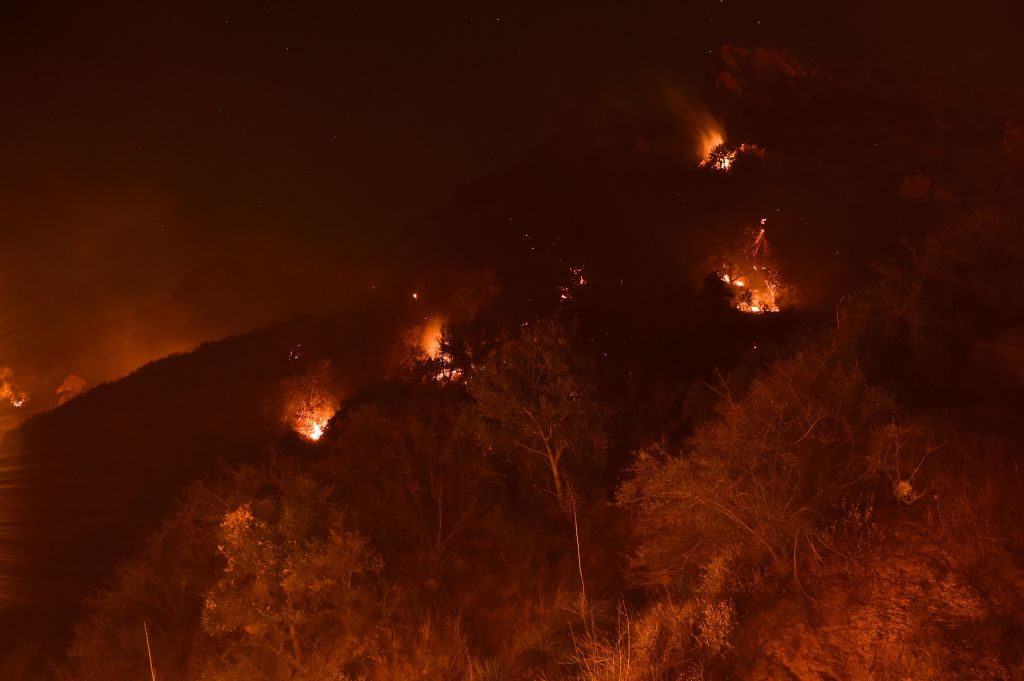Another day, another case of Donald Trump ignorantly tweeting from the hip. Or maybe not quite so much. On Saturday, the President attributed the deadly forest fires in California, which have killed over 40 people in the town of Paradise near San Francisco and devastated celebrity-inhabited areas outside Los Angeles, by blaming poor forest management.
It drew a furious response from, among others, singer-songwriter Neil Young whose home was reduced to a smoldering ruin and who posted on his website: ‘California is vulnerable – not because of poor forest management as DT (our so-called president) would have us think. We are vulnerable because of climate change; the extreme weather events and our extended drought is part of it.’
California has suffered an especially dry year, but then California has a Mediterranean-style climate with very dry summers which create the ideal conditions for forest fires every single year. It wasn’t a whole lot different in the 1970s when Young’s fellow singer-songwriter Albert Hammond penned a ditty with the lyrics: ‘It Never Rains in California’.
It may be true that a changing climate has lengthened the dry season and increased the threat of wildfires throughout the year. But what is lost on Neil Young is that the amount of land being burned in wildfires in the US is vastly lower than it would be without the influence of humans. Wildfires are natural events, which can be triggered by lightning just as much as they can be by a carelessly discarded match. They are part of natural forest management – but their role in this has been much-reduced thanks to the success of fire services becoming much better at tackling them or preventing them in the first place. Between 2008 and 2017 an average of 6.6 million acres a year were burned in wildfires across the US. Between 1928 and 1937, before fire services got much better at tackling the fires, an average of 41.7 million acres a year were burned. That fell steadily until the decade 1978-87 when 3.0 million acres were burned, before the figure started to rise again.
Is climate change to blame for the rise in wildfires in the past 30 years? It no doubt plays a role, but there is support, too, for Donald Trump’s assertion that poor forest management is at fault. One retired forest manager told the San Francisco Chronicle that the danger has been brewing for years. He said he surveyed the forests around Paradise a decade ago and found that they had 2,000 trees per acre – compared with what he called a ‘healthy’ 60-80 trees per acre.
Part of the reason the forests have grown so thick is that they are no longer being thinned out by wildfires. Naturally, they would be cleared out by fire every so often, taking away much of the deadwood. Instead, the deadwood is remaining, with the result that there is more wood to fuel a fire when it does break out. To use a terrible pun, the California fires are so bad because a lack of recent wildfires, or of forest management to do the work of the wildfires for them, has created a bit of backlog of material to be burned.
Donald Trump might have a habit of tweeting without thinking properly of the consequences, nor whether he has his facts right. But that doesn’t mean he is wrong on everything – nor that your average Trump-hating celebrity is right.
This article was originally published on The Spectator’s UK website.

























